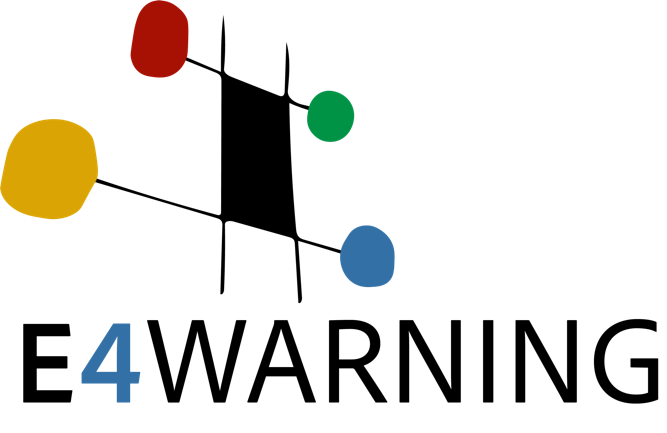Projects
The COVID-19 pandemic has starkly demonstrated the need for better disease intelligence that is capable of anticipating and identifying epidemic risks and outbreaks. This includes emerging and re-emerging mosquito-borne disease (MBD) risks. In the absence of effective vaccine solutions for most MBDs, attention has turned to vector management as an effective, but underutilized opportunity for...
CloudStars is an Open Source Research Mobility network in the field of Cloud Computing technology. The proposal combines twelve academic institutions in seven European countries (Spain, Germany, Netherlands, Italy, Austria, Poland, Switzerland), two academic institutions in third-party countries (Ecuador, Argentina), and three industrial laboratories from IBM (USA,...
Keeping in mind the potential opportunities, risks and limitations offered by Artificial Intelligence (AI), AI4CCAM will develop an open environment for integrating trustworthy-by-design AI models of vulnerable road user behaviour anticipation in urban traffic conditions to ensure improved road safety and user acceptance.
Leveraging the Trustworthy AI...
OptimESM will develop a novel generation of Earth system models (ESMs), combining high resolution with an unprecedented representation of key physical and biogeochemical processes. These models will be used to deliver cutting-edge and policy-relevant knowledge around the consequences of reaching or exceeding different levels of global warming, including the risk of rapid...
The EERIE answers Horizon Europe call: HORIZON-CL5-2022-D1-02-02: Development of high-resolution Earth system models for global and regional climate change projections.
The project uses four European global climate models to produce new simulations of past and future climate. The representation of ocean processes will be at the cutting edge given that...
ASPECT aims to setup and demonstrate a seamless climate information (SCI) system with a time horizon up to 30yr and accompanied with underlying research and using climate information for sectoral applications ( middle-ground level 1). The project's goal is to improve existing climate prediction systems and to merge their outputs across timescales together with climate...
The growing need to transfer massive amounts of data among multitudes of interconnected devices for e.g., self-driving vehicles, IoTor industry 4.0 has led to a quest towards low-power and secure approaches to locally processing data. Neuromorphic computing, a brain-inspired approach, addresses this need by radically changing the processing of information. Although...
Segons l Organització Mundial de la Salut, la contaminació de l'aire és la principal amenaça ambiental a la salut pública. A Barcelona, les dues úniques estacions de mesura properes a vies de trànsit superen, de forma recurrent, els límits legislats de contaminació mitjana anual.
Per...
Esta actuación tiene como objetivo principal realizar los desarrollos necesarios que permitan diseñar prototipos de nuevas generaciones de procesadores y aceleradores basados en los diseños actuales de EPI. Estos desarrollos permitirán que su siguiente evolución posterior pueda fabricarse usando tecnologías que acerquen sus...
Precipitation directly affects societies and ecosystems, with extremely wet and dry conditions posing potential risks. Our ability to predict variations in precipitation on seasonal, inter-annual and decadal time scales is limited, and state-of-the-art prediction systems exhibit low skill in predicting precipitation despite substantial developments and improvements of the...


